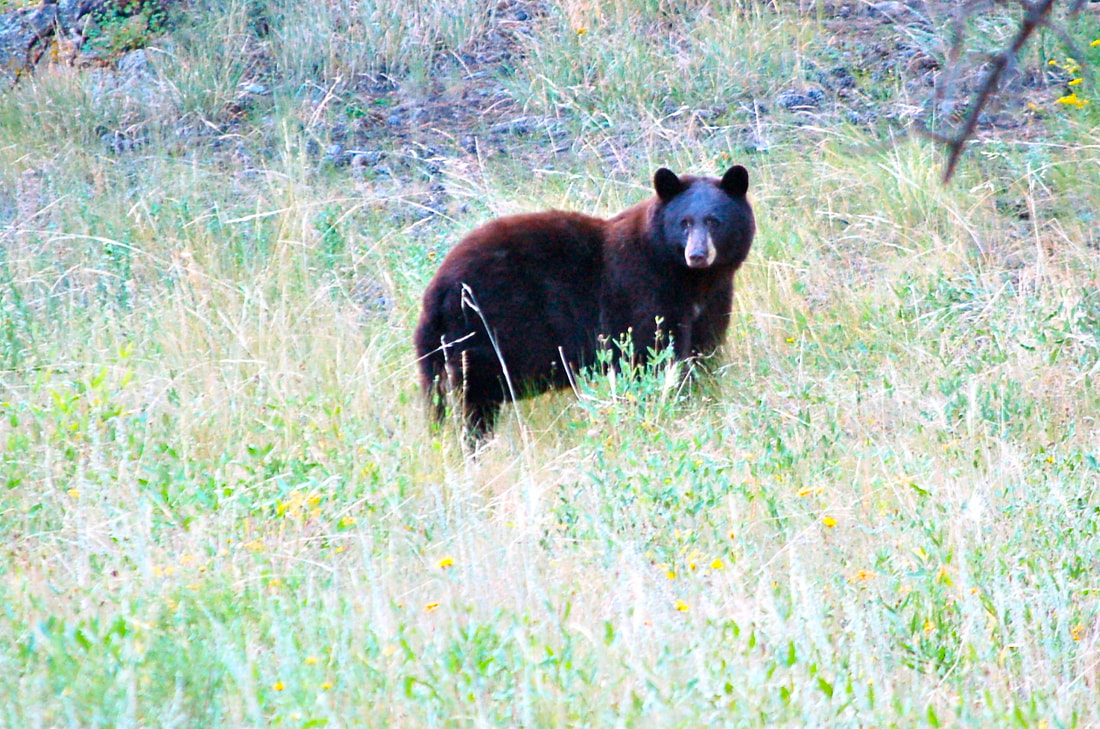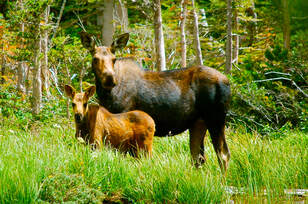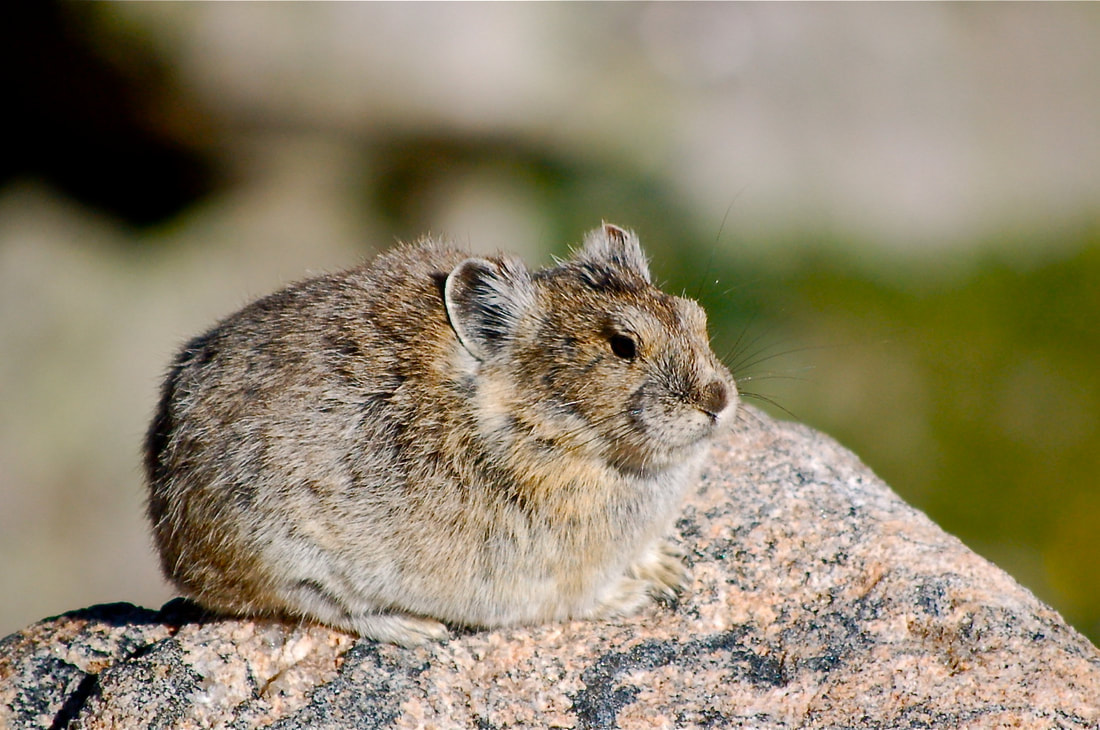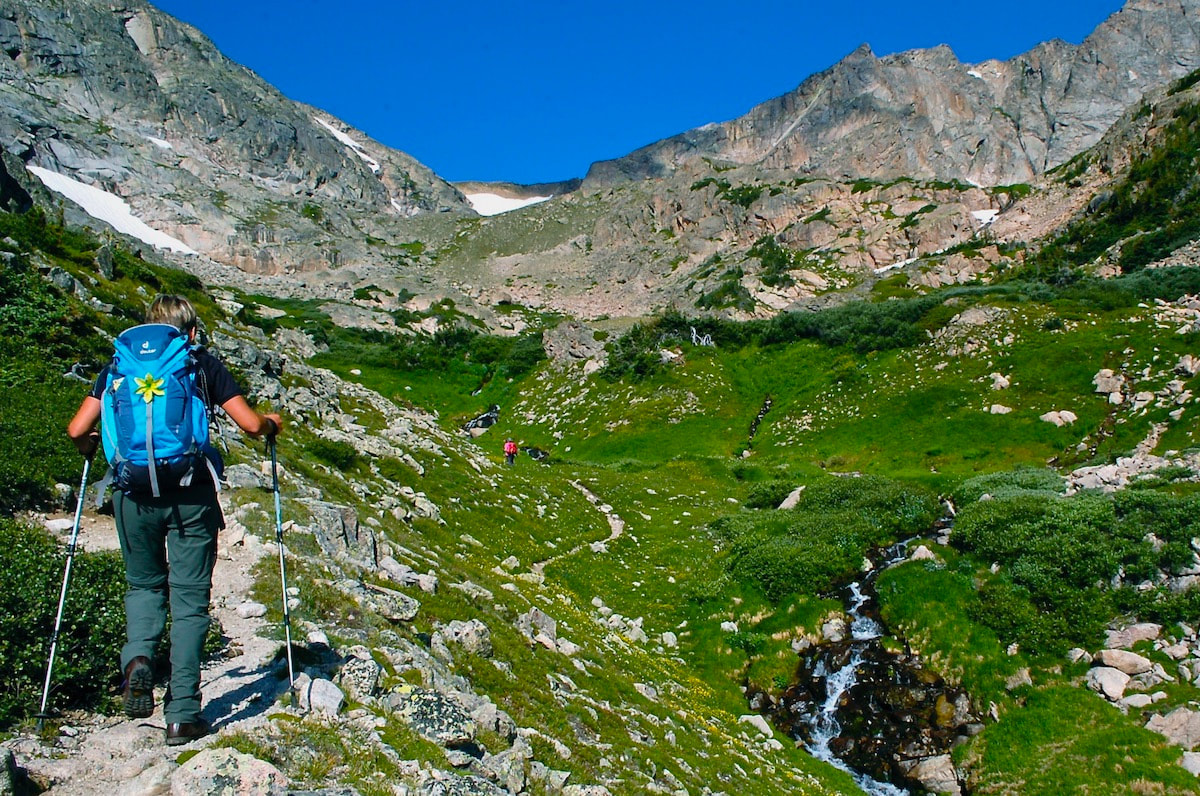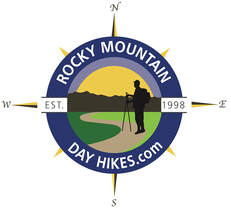|
Notes from the
Trail |
|
By Barb Boyer Buck Rocky Mountain National Park is a wonderland of high-country wilderness. Millions of people from all over the world travel here to experience the beautiful scenery and hike trails every year. Summer is the most pleasant in RMNP with burgeoning wildflowers, a plethora of varied wildlife, and stunning weather – but it’s very important to keep in mind safety concerns and take the proper precautions.
experience, skill, and the proper equipment. Bouldering (climbing without ropes) is properly done only with crash pads & spotters. The best advice would be to keep from scrambling on the rocks at all if you don’t have consistent experience doing so, especially for young children. Wildlife Safety Few things are more exciting than seeing a wild animal in its natural habitat, especially if they have offspring with them. But even though Rocky’s wildlife has become habituated to the presence of humans, serious altercations can – and do! – occur when the proper precautions are not taken.
Preparing for changing conditions. If you’ve ever visited Rocky Mountain National Park in any season of the year, you have probably experienced a sudden thunder-storm that clears up within minutes, or have been pelted with hail only to be unbearable hot shortly after, when full sun emerges again. Weather is extremely changeable and unpredictable in the Rocky Mountains. Lightening strikes happen every year in Rocky, in every location. There are many areas in the park that allow hiking above or at treeline which increases the chances of being struck. Watch for storm clouds forming and plan for reaching shelter if the weather suddenly shifts. Wear layers, including a hat, to protect against the sun even if it is cloudy. Sunscreen is essential as you are about two miles closer to the sun than if you were at sea level. Sunburns can happen even if it’s overcast. Wear the proper footwear and plan for changing trail conditions. A dry, dusty trail can suddenly shift to a snow-packed one and regular hiking boots may not be adequate. Bring boot spikes or snowshoes (in the winter) along with you on your hikes.
Stay away from snow patches on inclines as these can give way to avalanches, any time of the year. Check with a ranger about the level of avalanche danger. Rocks and trees are not always stationary! Things that can cause a tree to fall unexpectedly include damage to the tree itself through fire or flood, disease, and high winds. Rocks can be dislodged by human and wildlife activity. Rockslides are possible in these situations. Streams, lakes, and waterfalls are beautiful and look very inviting. However, rushing streams can be very dangerous, rivers and lakes can be deeper than they look and waterfalls can contain debris. Streamside rocks are often slippery, so special care needs to be taken with children, especially young ones. Untreated water in Rocky Mountain National Park is not safe to drink.
Electrolytes also help replenish what high elevation depletes from your body. People with existing health conditions such as heart and lung disease should be very careful as they ascend in elevation. Hypothermia is a very real danger in almost every season in Rocky. Symptoms are sleepiness, impaired judgment, slurred speech and shivering. Lack of data reception You can't count on your phone to communicate dependably, or internet service while in RMNP. Be sure someone outside the Park knows where you are and when you expect to return. Protect from getting lost while hiking Rocky by downloading our free app, which utilizes GPS to power its trail maps, available here: GPSMyHike.com A "perfect" day in RMNP can turn into a serious situation quickly, so be sure to follow these basic safety precautions while visiting this beautiful national treasure.
0 Comments
Leave a Reply. |
"The wild requires that we learn the terrain, nod to all the plants and animals and birds, ford the streams and cross the ridges, and tell a good story when we get back home." ~ Gary Snyder
Categories
All
“Hiking -I don’t like either the word or the thing. People ought to saunter in the mountains - not hike! Do you know the origin of the word ‘saunter?’ It’s a beautiful word. Away back in the Middle Ages people used to go on pilgrimages to the Holy Land, and when people in the villages through which they passed asked where they were going, they would reply, A la sainte terre,’ ‘To the Holy Land.’ And so they became known as sainte-terre-ers or saunterers. Now these mountains are our Holy Land, and we ought to saunter through them reverently, not ‘hike’ through them.” ~ John Muir |
© Copyright 2025 Barefoot Publications, All Rights Reserved



